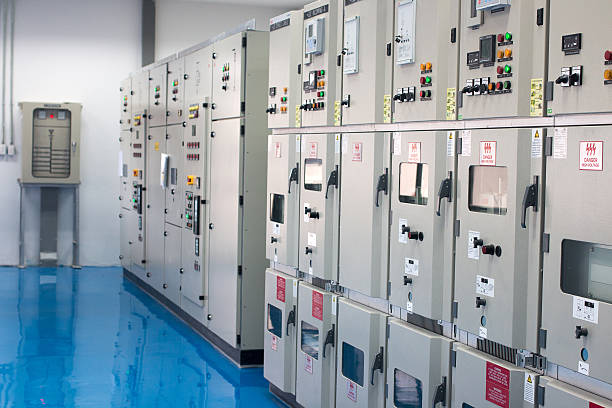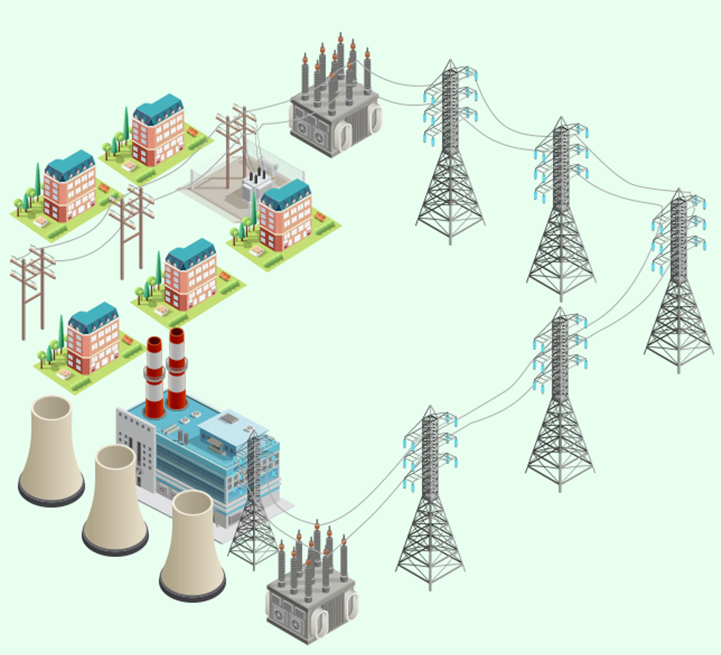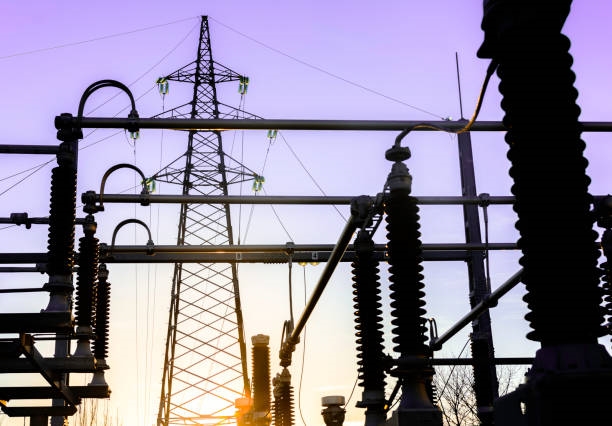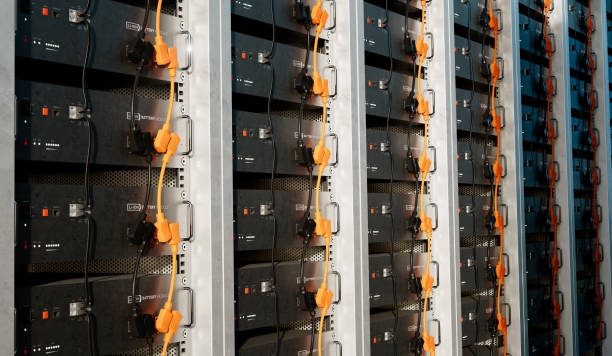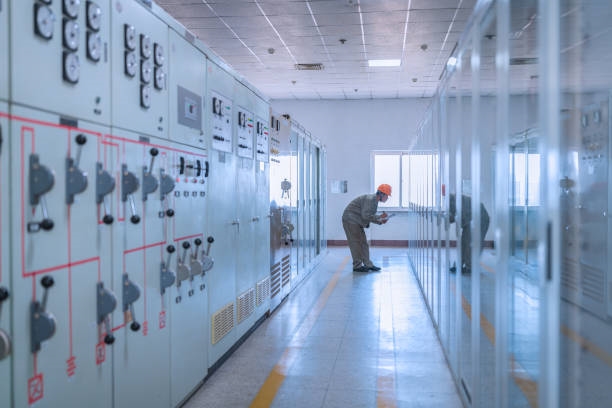Overview
Room, house, and compartment essentially refer to electrical rooms, but the rules and classifications that apply to them differ.
01 Naming
Based on the capacity of delivered electrical energy and the actual floor area, the conventional hierarchy from smallest to largest is: compartment, room, substation, station. In practice, regional transformation points are usually called stations; larger terminal transformation points are called substations; end points are called rooms or compartments.
02 Functions
A. Distribution room: an indoor distribution location with low-voltage loads, primarily supplying power to low-voltage users.
B. Distribution house: a room used to distribute electric energy, providing protection, metering, and distribution functions.
C. Distribution compartment: a subsidiary room of a distribution house or distribution substation. A distribution house or substation is generally larger and may include multiple compartments.
03 Voltage levels
A. Distribution room: facilities with equipment at voltage levels of 10 kV and below, divided into high-voltage distribution rooms and low-voltage distribution rooms. High-voltage distribution rooms typically refer to 6 kV–10 kV high-voltage switch rooms. Low-voltage distribution rooms typically refer to 400 V distribution rooms supplied from station-service transformer secondary lines at 10 kV or 35 kV.
B. Distribution house: equipment and facilities at voltage levels below 35 kV.
04 Additional information
Utility companies commonly classify electricity users by the nature of their electricity consumption into four main categories: 1) residential; 2) general commercial and industrial; 3) large industrial; and 4) agricultural production. Some municipalities also define a separate non-residential lighting category and a separate classification for agricultural irrigation. Each category may have different energy tariffs and, in some cases, preferential rates.
- Residential electricity: Electricity for household living, including domestic lighting and common household appliances used for cooking, baking, heating, air conditioning, and other non-commercial household electrical devices. The defining characteristic is non-commercial use intended solely for household needs.
- Non-residential lighting: Lighting used by government offices, military units, hospitals, kindergartens, welfare and nursing homes, schools, street lighting, and similar facilities.
- Commercial electricity: Electricity used by customers engaged in the exchange of goods or provision of paid services, including retail, supply and storage, hotels, restaurants, catering, beauty and barber services, baths, leisure centers, cultural and entertainment venues, repair and maintenance services, and financial services such as banking and insurance.
- General industrial electricity: a) Industrial or test loads driven by electricity, or processes such as electric smelting, baking, melting, electrolysis, and electrochemical processes with a total capacity of 3 kW or above (including construction power). b) Industrial production driven by electricity, electric smelting, baking, melting, electrolysis, and electrochemical processes where the supply transformer capacity is less than 315 kVA, or low-voltage reception, and production or repair work contracted externally within those capacity and voltage limits. c) Irrigation or drainage for economic crops such as fruits and vegetables. d) Agricultural product processing, repair of agricultural machinery and tools, tea processing, pond water pumping, and similar uses.
- Large industrial electricity: All industrial production driven by electricity, electric smelting, baking, melting, electrolysis, and electrochemical processes where the total capacity of the receiving transformer is 315 kVA or above, and production or repair services contracted externally that meet the same capacity criteria.
- Agricultural production: Agricultural electricity used by rural households, state farms, ranches, pumping and drainage stations, breeding farms, schools, government units, and other organizations for plowing, well drilling, threshing, composting, seedling cultivation, grain processing for members (noncommercial), livestock feed processing, emergency flood-control lighting, and other agricultural activities.
- Agricultural irrigation and drainage: Electricity used for farmland drainage and irrigation, and for supplying drinking water to people and livestock in mountainous or plateau areas. The same supply voltage can fall into different tariff categories depending on the nature of the load. For example, 220 V used for residential lighting is residential electricity, while the same voltage used in a commercial hair salon is commercial electricity and is charged at a higher rate. Distinctions between residential and industrial electricity are based on usage nature, not on supply voltage. Industrial supplies commonly use three-phase voltages such as three-phase 380 V AC or three-phase 660 V AC, while residential supplies typically use single-phase 220 V AC.
 ALLPCB
ALLPCB


